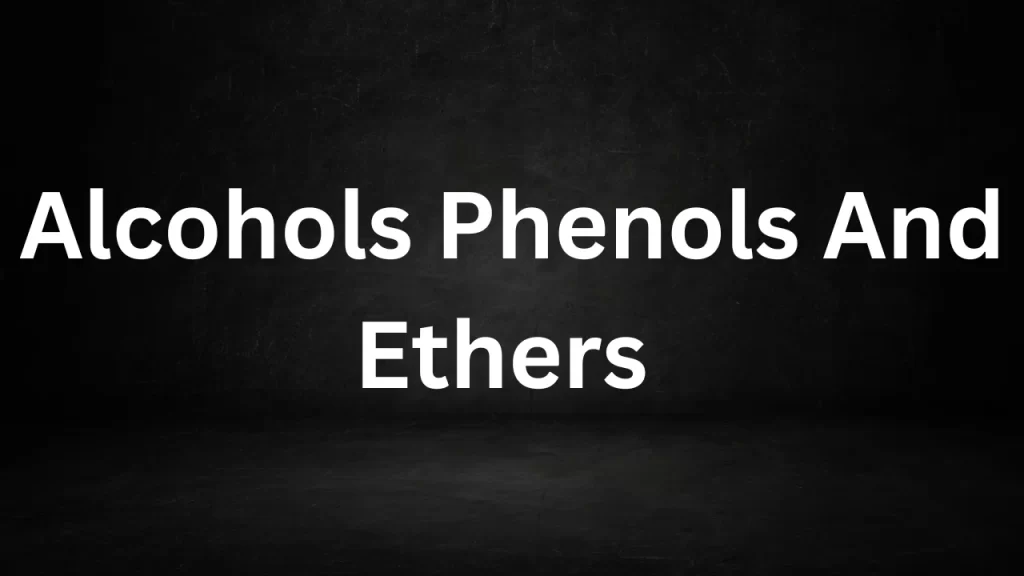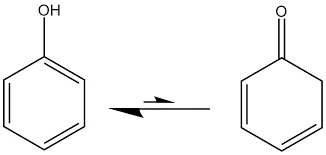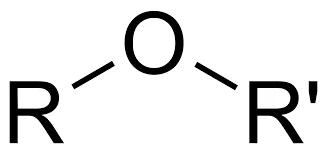Alcohols Phenols And Ethers Class 12
Alcohols Phenols And Ethers Class 12: Alcohols, phenols, and ethers are fundamental classes of organic compounds that play crucial roles in various chemical, industrial, and biological processes.
These compounds are characterized by the presence of oxygen atoms bonded to carbon atoms, creating a wide range of chemical properties and applications. In this article, we will delve into the structures, nomenclature, properties, and applications of alcohols, phenols, and ethers.

Alcohols Phenols And Ethers
I. Alcohols
Structure and Nomenclature: Alcohols are organic compounds that contain a hydroxyl (-OH) group attached to a carbon atom. The general formula for alcohols is R-OH, where R represents an alkyl or aryl group. Alcohols are named by replacing the -e at the end of the alkane name with -ol. For example, methane becomes methanol when a hydroxyl group is attached.
Properties:
- Alcohols exhibit a wide range of physical properties depending on the size and structure of the alkyl group. They can be liquids or solids at room temperature.
- Hydrogen bonding between the hydroxyl groups makes alcohols highly soluble in water.
- Alcohols can undergo various chemical reactions, including oxidation, esterification, and dehydration.
Applications:
- Methanol and ethanol are widely used as solvents in industries and laboratories.
- Ethanol is a common alcohol used in alcoholic beverages and as a biofuel.
- Alcohols are crucial intermediates in the synthesis of pharmaceuticals, plastics, and perfumes.

II. Phenols
Structure and Nomenclature: Phenols are organic compounds with a hydroxyl group (-OH) attached directly to an aromatic benzene ring. The general formula for phenols is Ar-OH, where Ar represents an aromatic group. Phenols are typically named by adding the word “phenol” in front of the substituents on the benzene ring.
Properties:
- Phenols are slightly acidic due to the presence of the hydroxyl group, which can release a proton (H+) into solution.
- They have a distinct odor and are often used in perfumes and antiseptic products.
- Many phenolic compounds exhibit antioxidant properties.
Applications:
- Phenol itself is used in the production of resins, plastics, and pharmaceuticals.
- Compounds like cresol and xylenol are used as disinfectants.
- Natural phenols, such as those found in green tea and fruits, are known for their health benefits.

III. Ethers
Structure and Nomenclature: Ethers consist of two organic groups (alkyl or aryl) bonded to an oxygen atom, which serves as the bridge between them. The general formula for ethers is R-O-R’, where R and R’ represent alkyl or aryl groups. Ethers are named by listing the two organic groups on either side of the oxygen atom, followed by the word “ether.”
Properties:
- Ethers have relatively low boiling points and are often volatile compounds.
- They are less polar than alcohols and less soluble in water but highly flammable.
- Ethers are relatively stable compounds.
Applications:
- Diethyl ether, historically known as “ether,” was once widely used as a general anesthetic.
- Ethers are used as solvents in laboratories and industries.
- Dimethyl ether (DME) is gaining attention as a clean-burning alternative fuel.

Conclusion
Alcohols, phenols, and ethers are essential organic compounds with diverse structures and properties, making them invaluable in various fields, including chemistry, industry, medicine, and everyday life. Their versatility in chemical reactions and their role as intermediates in the synthesis of various products underscore their importance in the world of organic chemistry. Understanding these compounds is essential for scientists and chemists working in a wide range of applications.
Read More
- Alcohols Phenols And Ethers
- Effect Of Magnet On Current Carying Wire
- Simple Harmonic Motion Formulas
- Dipole Uniform Magnetic Field
- Light Filtering Polaroid Films Polarization
Frequently Asked Questions (FAQs) Alcohols Phenols And Ethers
1. What are alcohols, phenols, and ethers?
Alcohols are organic compounds characterized by the presence of a hydroxyl (-OH) group attached to a carbon atom. Phenols are similar but have the -OH group directly attached to an aromatic benzene ring. Ethers consist of two organic groups bonded to an oxygen atom.
2. How are alcohols named?
Alcohols are typically named by replacing the -e at the end of the alkane name with -ol. For example, methane becomes methanol when a hydroxyl group is attached.
3. Are alcohols soluble in water?
Yes, alcohols are often highly soluble in water due to hydrogen bonding between the hydroxyl groups and water molecules.
4. What is the acidity of phenols?
Phenols are slightly acidic because they can release a proton (H+) into solution due to the presence of the hydroxyl group.
5. What is the main characteristic of ethers?
Ethers are characterized by the presence of an oxygen atom that serves as a bridge between two organic groups.